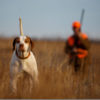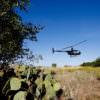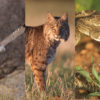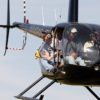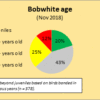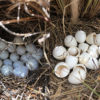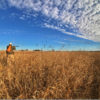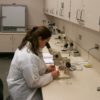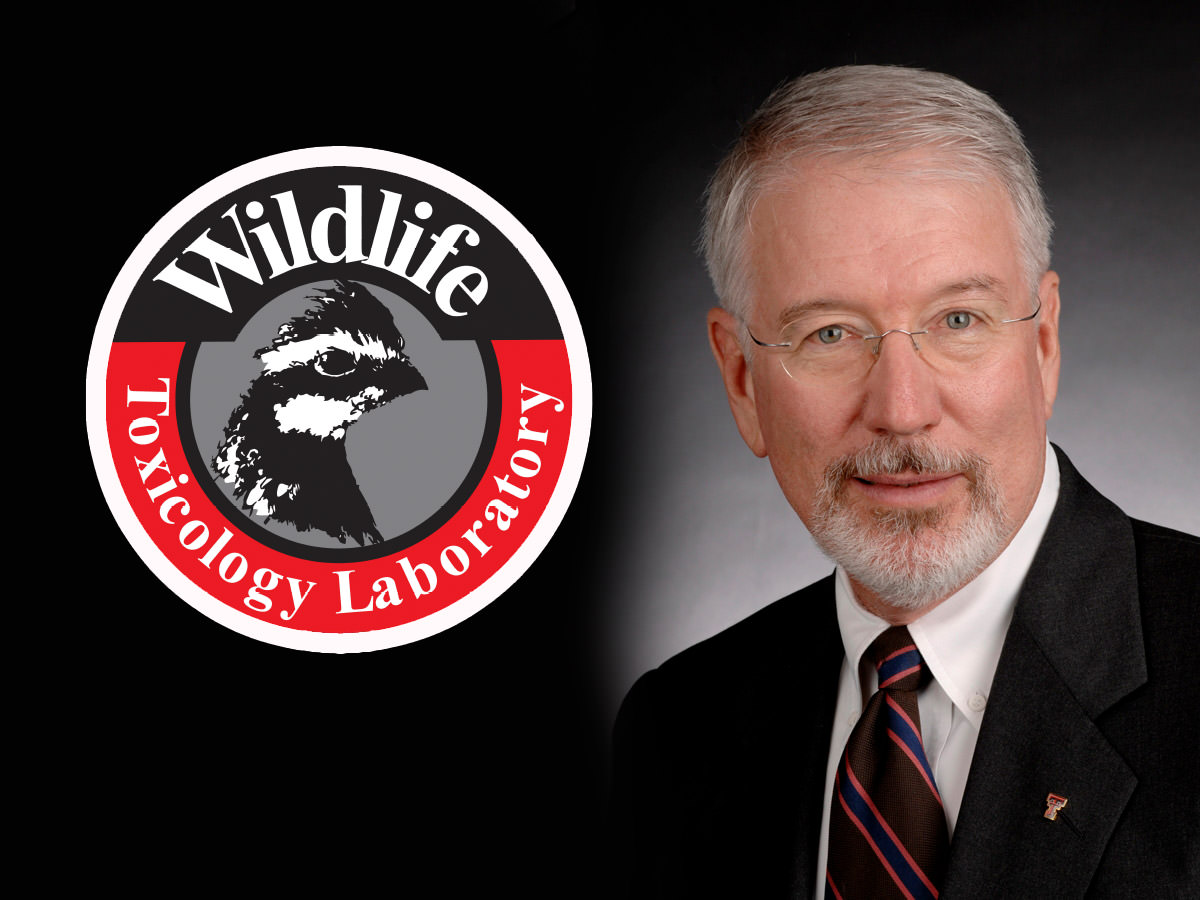
In terms of eyeworm infection in wild Northern bobwhite quail, we generally find the worms located in the lacrimal duct and associated ducts in the rear of the eye. Therefore, the eye would need to be removed to get a complete count—heavy infections can be seen quite easily with the naked eye. In addition, say for instance in a hunter-shot bird, the body temperature of the bird will begin to drop rapidly and we believe this may cause the worms to move more into the frontal part of the eye, like under the nictitating membrane. However, at times, we see worms on the surface of the eye, particularly under the nictitating membrane, in wild-trapped quail.
What we are starting to observe is that these infections, say in the case of the eyeworm as well as the cecal worm, are not necessarily evenly distributed across the Rolling Plains. For instance, we have seen significant differences in quail infection with even a 15-20 mile difference in location. We are beginning to learn much more on this situation with the full deployment of the Mobile Research Laboratory, where we will be able to acquire extensive wild quail parasitic infection data in order to better evaluate the epidemiology of these infection events.
What we do know now is that once infection occurs within a wild Northern bobwhite quail, these nematode parasites are very long-lived and will probably be within the wild quail even to the quail’s death, either by environmental stress or predation.
We are learning more and more on the degree of, and implications of, parasitic infections in our wild quail in the Rolling Plains ecoregion of West Texas. We do know that it occurs widely, can intensify quickly, and the field and laboratory evidence is mounting that there are serious consequences for our wild quail with these infections. I know that everyone wants answers to all of the questions tomorrow, but the good science that we are trying to do is laborious, and time-consuming. Staying the course requires patience, tenacity, funding, and the wherewithal of the Wildlife Toxicology Laboratory at Texas Tech University to get the job done. You can follow our scientific publications and lab progress at www.tiehh.ttu.edu/rkendall. For a list of scientific publications arising from Dr. Kendall’s work on the eyeworm, see http://www.tiehh.ttu.edu/rkendall/grants—publications.html.


